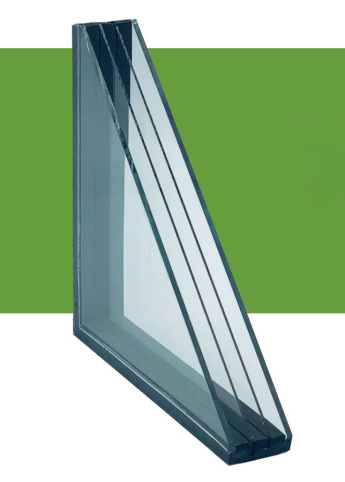Window to the future

by Richard Stebbins
Windows offer a view to the outside as well as allow natural light to come into our office space but they also let large amounts of energy escape our federal buildings…until now.
New technology has been developed and tested in Region 8 that could change the tide on getting buildings to be more energy efficient.
Tyler Cooper, Mechanical Engineer in Region 8’s Office of Facilities Management, led the project team to install lightweight quad-pane windows in Region 8’s regional office building on the Denver Federal Center. The project was a partnership between the National Renewable Energy Lab (NREL) and local company Alpen High Performance Products.
“We worked with the company to review the product and bring it into the Green Proving Ground program,” said Cooper. “Then NREL was selected as the technology evaluator through our collaboration with the Department of Energy.”
Building 41 was chosen as the test site due to its proximity to both the product company and NREL. Installation of the windows occurred in October 2020 and the study ran for approximately 8 months which allowed the team to collect data over both heating and cooling seasons.
Cooper’s study focused on the fact that about 34% of heating, ventilation, and air conditioning (HVAC) energy in commercial buildings is lost through windows. The new quad-pane windows were expected to reduce energy loss but they also had another surprising outcome. The windows did average 24% energy savings over double pane windows as anticipated but they also cost the same or only up to 10% more than the standard double pane windows currently installed in federal buildings.
“The initial test was only at the DFC and we’re now identifying opportunities to install them in new construction and major renovations as funding becomes available,” said Cooper.
With the recent announcement by the Biden Administration to set federal building performance standards, installing these windows will allow GSA to reduce the HVAC load in buildings and therefore require less equipment. For example, the cost savings in reducing the amount of equipment needed in buildings is estimated to be $120,000 for a 498 thousand square foot building.
The thin glass configuration is now being recommended for all new construction and end-of-life replacement for windows as a result of this study.
The Green Proving Ground program is testing innovative technologies that will enable investment decisions for our next-generation buildings. To date, 80 technologies have been evaluated and following favorable evaluation results, 23 GPG-evaluated technologies have been deployed in more than 500 facilities in GSA’s real-estate portfolio with annual savings of $16M. For more information about the GPG program, please visit www.gsa.gov/gpg.
Read more about the lightweight quad-pane window study and full results here.

 U.S. General Services Administration
U.S. General Services Administration